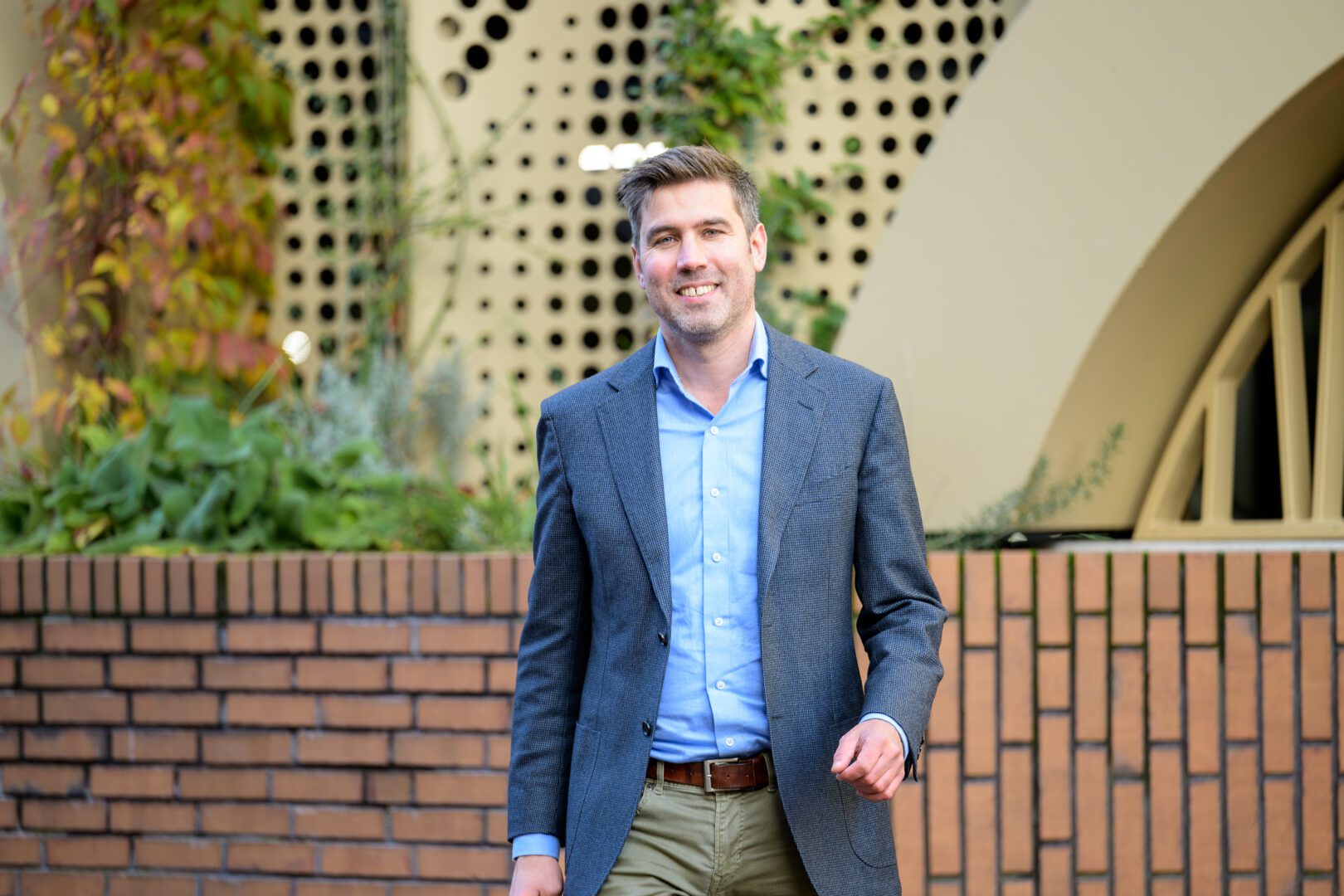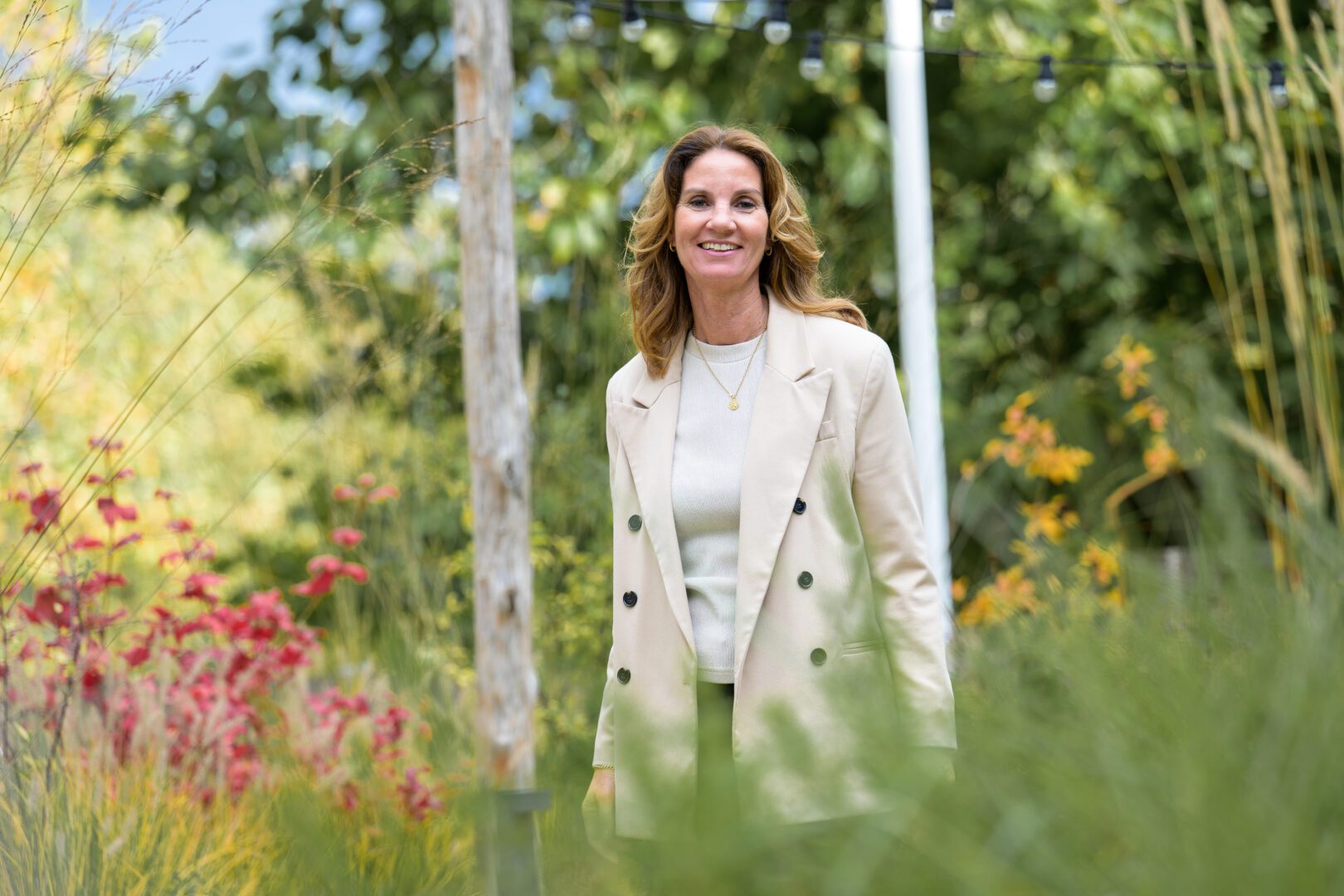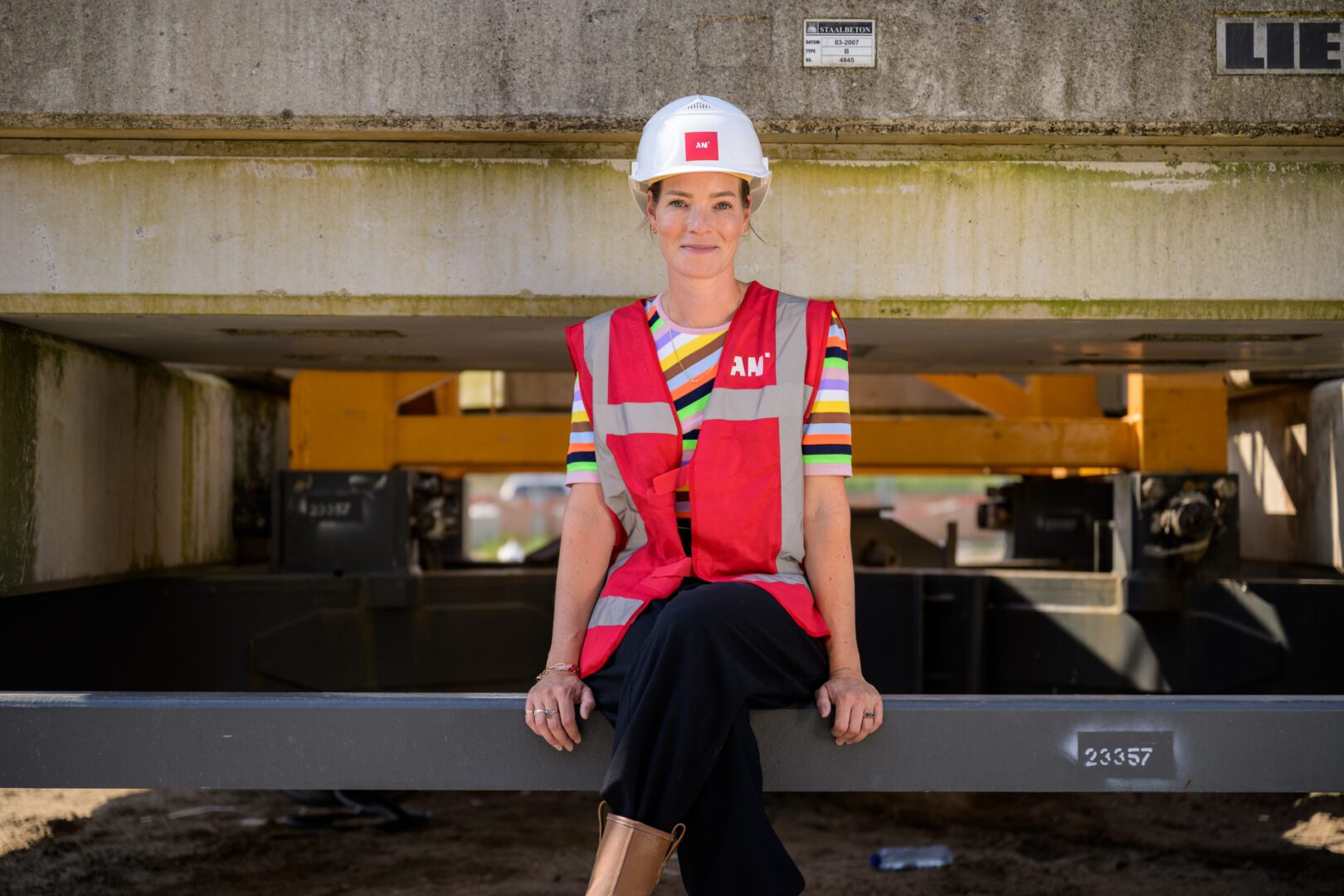According to AM project developer Soufyan al Bouhabdallati, wooden construction is the future. If we want to build faster in the Netherlands and meet our climate goals, we cannot do without it, he explains. In the area development Landgoed Wickevoort, Cruquius, AM delivered BAM's first new wooden concept homes (Flow homes) last year. The experiences are promising.
Today’s house is made of wood
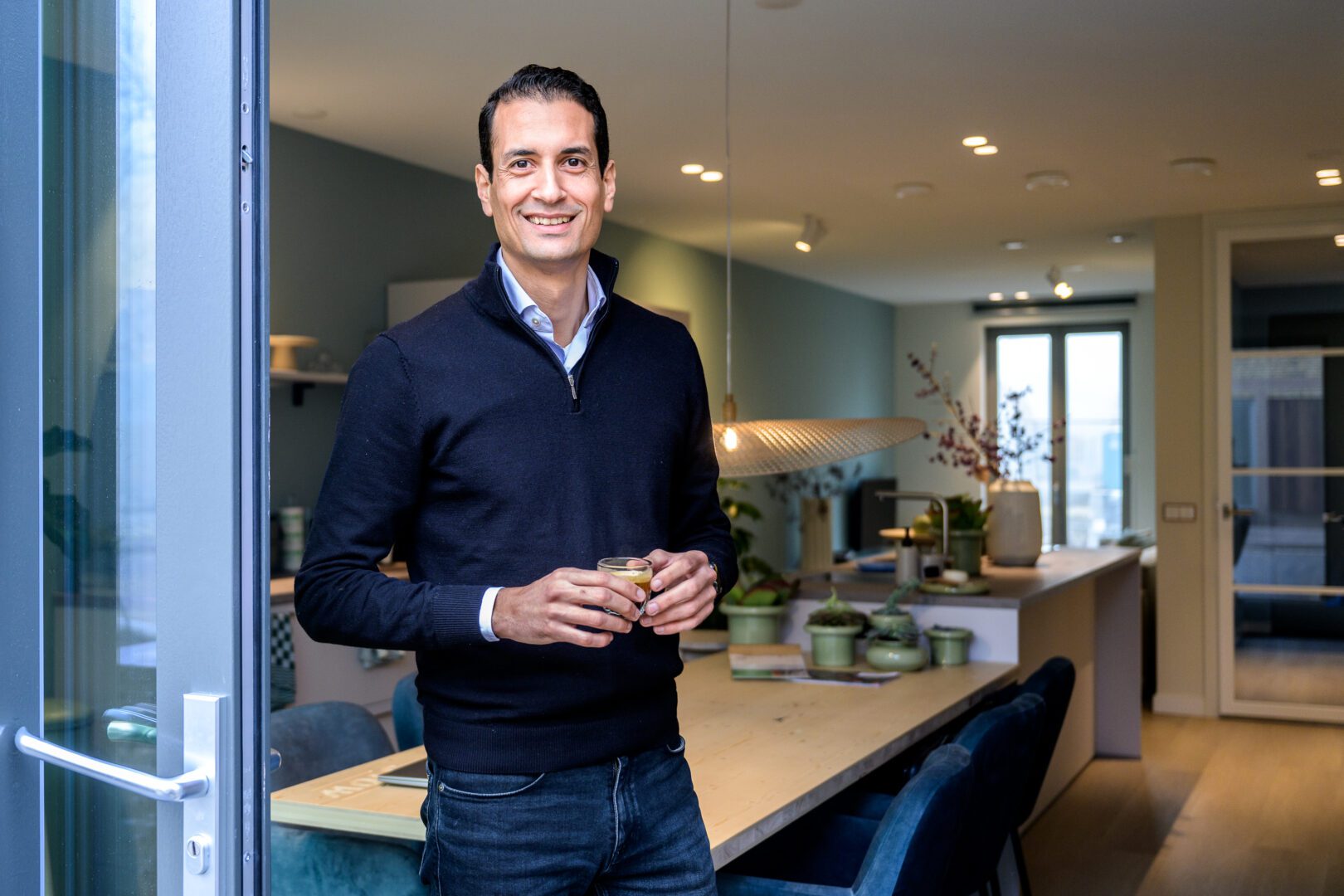
Our country has a significant housing shortage. An additional 100,000 homes must be built each year until 2030. That is the challenging goal set by the government. Due to high interest rates, rising construction costs, construction personnel shortages and long procedures, among other things, this target number is not yet met. Then there are the climate goals our country has set for itself. AM is even more ambitious in this than the national government, which wants to be climate neutral by 2050. Soufyan: “We want to be climate positive by 2035. This requires a change in the way we develop. It is challenging and to achieve this we need timber construction. That's why we are working on it. In our area development Populus in Rotterdam we are building homes in wood, in Leeuwenpoort in Utrecht and Strandeiland Amsterdam we are building wooden homes and also in Othene Zuid in Terneuzen. In our area development Landgoed Wickevoort, several sub-areas are being built in wood and this is where BAM's first wooden concept homes were delivered last year.”
If we want to build faster in the Netherlands and meet our climate goals, we need timber construction.
AM's first all-wood homes
In Wickevoort in Cruquius, AM developed the Tussen de Hagen sub-plan. In this part of Wickevoort, the very first Flow homes that are entirely made of wood have now been completed, Soufyan explains: “During the development phase of this sub-plan, we were in contact with BAM about their new wooden concept home called Flow. The house is a combination of timber frame construction (HSB) and solid timber construction (CLT). It consists of 45 elements and is built entirely in the factory. This even includes electrical outlets and light points in the walls. Everything is assembled on site within a day. We decided to have some of the homes in this subarea built as Flow homes. Because our original plan was actually already fully thought out for concrete and approved by the quality team, we challenged BAM to make the home so that there would be no difference externally. That way we hardly had to adjust our plans. They went to extremes for this, and when you walk through the neighborhood now, you don't see any difference. Even the brick facades are completely the same in appearance because of the stone strips.”
Circular and climate positive
But what exactly makes these wooden homes so attractive for the future? Timber construction is more sustainable than building with concrete on several levels, Soufyan says: “The material is circular. We only use wood with the right labels. Coming from sustainably managed production forests. The wood that is harvested there is continuously replanted. In addition, the wood actually absorbs CO2 from the atmosphere as it grows. The Flow house absorbs about 11,000 kg of CO2. While the production of steel and concrete actually releases a lot of CO2.” In addition, the parts of the Flow house are remountable, making it easy to reuse.
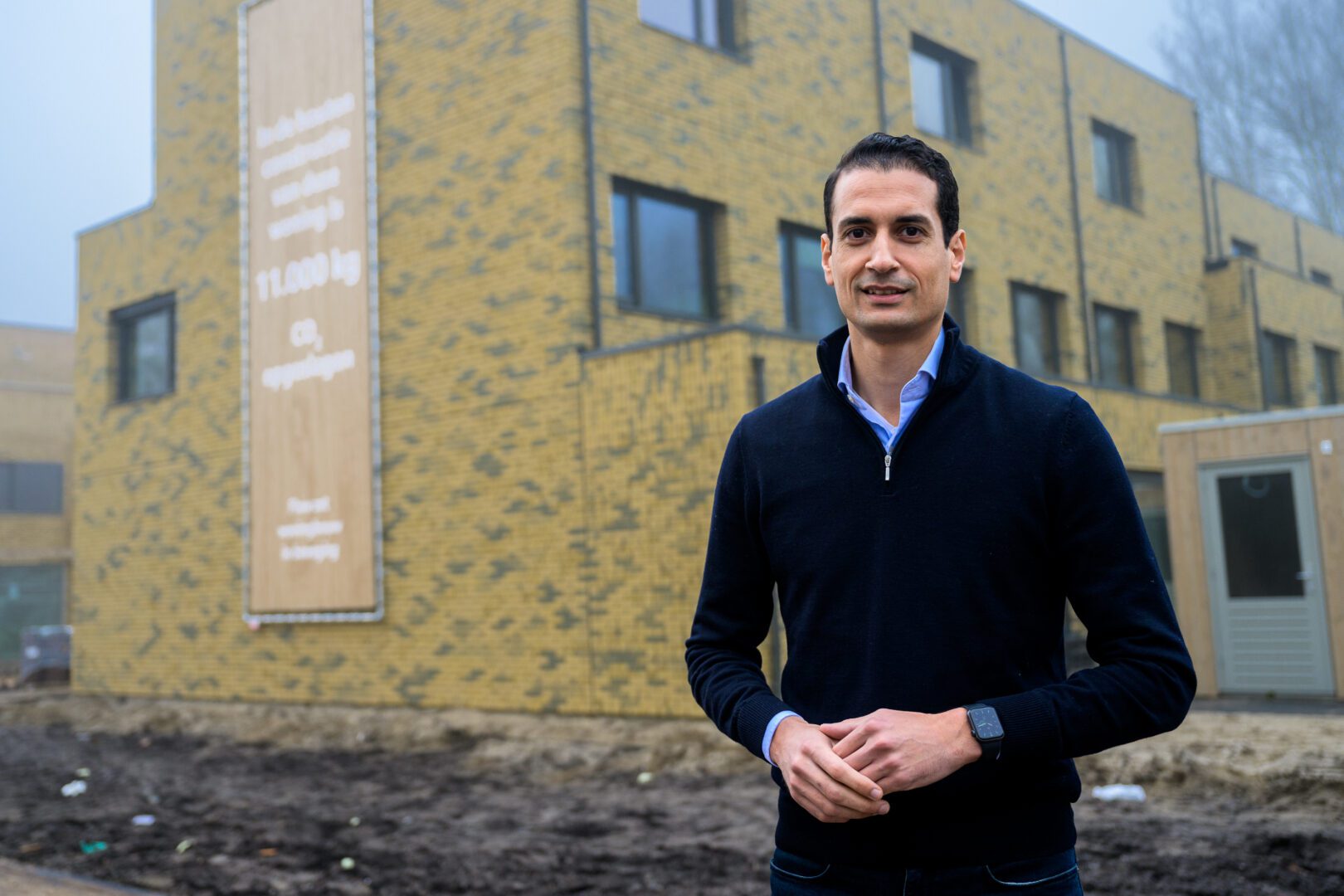
A house in one day
In addition to the sustainability aspect, the speed at which these wooden houses are built is also distinctive. Soufyan: “The elements are produced under ideal conditions in the factory. On site, it then takes one day to assemble the parts. At the end of the day, the house is already fully wind and watertight. By producing homes in the factory instead of on site, we can design the entire process much more efficiently. An entire home can be built much faster due to this efficient production. After assembly on site, the home is completely finished within two to three months. On a project like this, we can shorten the total completion time from two years to one year.” This brings all sorts of advantages, Soufyan explains. “It ensures that the buyer does not need a long-term bridge loan. This makes the home more affordable, which is something we need in the current housing market. In addition, there are major labor shortages in the construction industry. This type of industrial production of homes means fewer people are needed. We can also increase production more easily because of the efficient process.”
Healthier living environment
And then there are the benefits of the material for the resident himself. Wood provides a more pleasant living climate than concrete. Soufyan: “You experience a big difference when you stand in a shell home made of wood. In a concrete house it feels cold. A wooden house feels more natural, warmer. Wood absorbs moisture, so the moisture climate in such a home is better. Therefore, studies show that wood in the home reduces people's physiological stress responses. The air quality is higher, which is nice for people with asthma or allergies.” Wood is additionally more versatile in use. That means more can be done with it on the outside, but also on the inside. Soufyan: “You can more easily incorporate lighting options on the inside, for example.”
Popular with buyers
Buyers are still under the misapprehension that wooden houses are less fireproof and noisier. According to Soufyan this is incorrect: “The houses meet the same high quality standards as concrete houses. The sound between the houses is even better damped in Tussen de Hagen than in the concrete houses, due to the present cavity wall.” So every reason for enthusiasm also among the buyers. And there was. “We deliberately did not sell the houses until after they were built. This gave us the chance to properly analyze each construction phase and it gave buyers the opportunity to see the homes first and experience the home. We received as many as 400 registrations for 11 homes. Two homes are used as model homes. A couple who won a contest is now living in one of these model homes. They get to live in the house for free for a year. Their first experiences in the wooden house are positive. The other residents will move in in the first week of February.” For Soufyan, there is no doubt that wood construction is the future. “We cannot do without this kind of housing. We can already see that production is picking up considerably at the factory. I think it's a great prospect, because it allows us to produce relatively many homes that are sustainable and circular. At the same time, it is a solution to the many hands we are short in construction.”

